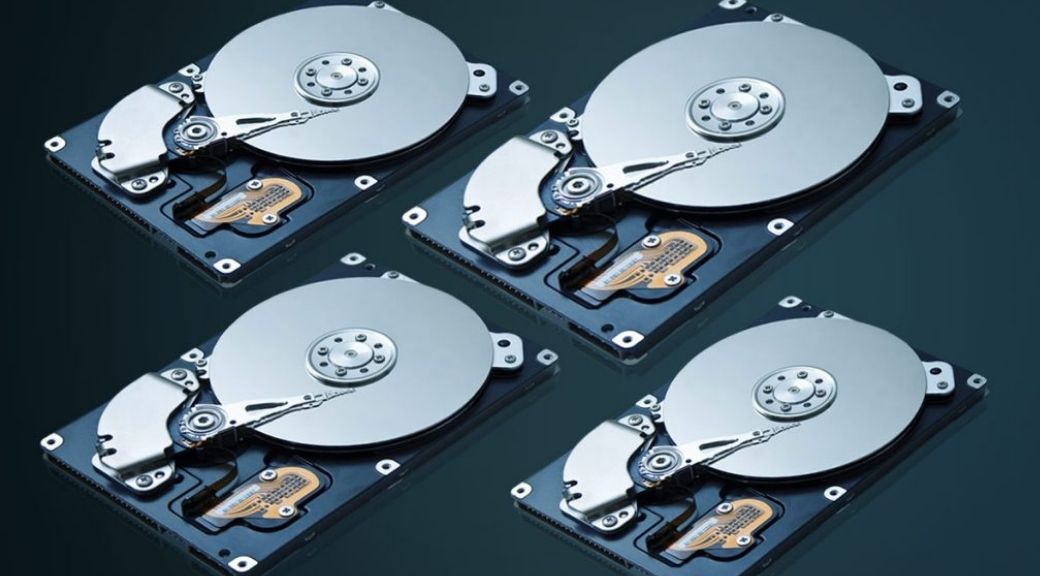

A clone is ready to use a disk that can be inserted into any computer, and it will start working. Once a clone is formed, users cannot add or change data. A clone will have all the contents from the source drive, but it is not in a compressed form. Disk imaging software creates an archive of the source disk that can be used to create a back-up copy of the source disk.ĭisk Cloning is a process by which one hard drive is copied into other drives to make an exact copy of the source drive. The image has to be restored and installed on another computer to start working. It allows more than one image to be reproduced on a hard disk so that users can take back up of more than one computer into the destination disk. This data is copied to another hard drive in a compressed form. In the Disk imaging process, all the data of a hard disk is copied sector-wise, including hidden files and configurations. What is Disk Imaging/Cloning?ĭisk imaging is the computer system process by which an archive is created for a source disk, which can be later used for making more copies of the hard drive. One deploys a disk imaging software and the other a disk cloning software. Both have the same goal, and both have software and hardware requirements to complete the task. Both Disk imaging and Disk cloning serve the same purpose, with a slight difference in their methods to do so. Companies need to have a proper back-up strategy to restore the data in case of an adverse happening.ĭisk Imaging and Disk Cloning are two ways in which businesses, large organizations, government institutions, and even individuals can keep the back-up of their valuable data. Everyone requires some kind of back-up in life even militaries can't do without it. Such incidents, whether they occur due to human errors, viruses or malware, hacker activities, hard drive corruption, power outages, theft, or disasters such as fire or earthquake, point towards the need for companies to keep multiple back-ups at multiple locations for complete data security. It cost Microsoft a huge amount in compensation and people's faith in cloud computing was shaken to the core. But wait, even worse, was the Microsoft Sidekick's cloud server data loss (2009) that resulted in 800 thousand customers losing their contacts, photos, email addresses, and to-do lists. Spending 6 years on building a company with hundreds of bloggers on the platform to end like this is tragic. It affected the company and hundreds of bloggers who hosted their site on JournalSpace. JournalSpace was a six-year-old blog hosting company that reported the operating system crash with no back-up data in place for recovery. System crashed! One of the worst fears of businesses is what if their system crashes suddenly? What if the hard drive that has an enormous amount of valuable data in it corrupts suddenly? Remember the infamous JournalSpace data loss (2009) blunder.


 0 kommentar(er)
0 kommentar(er)
